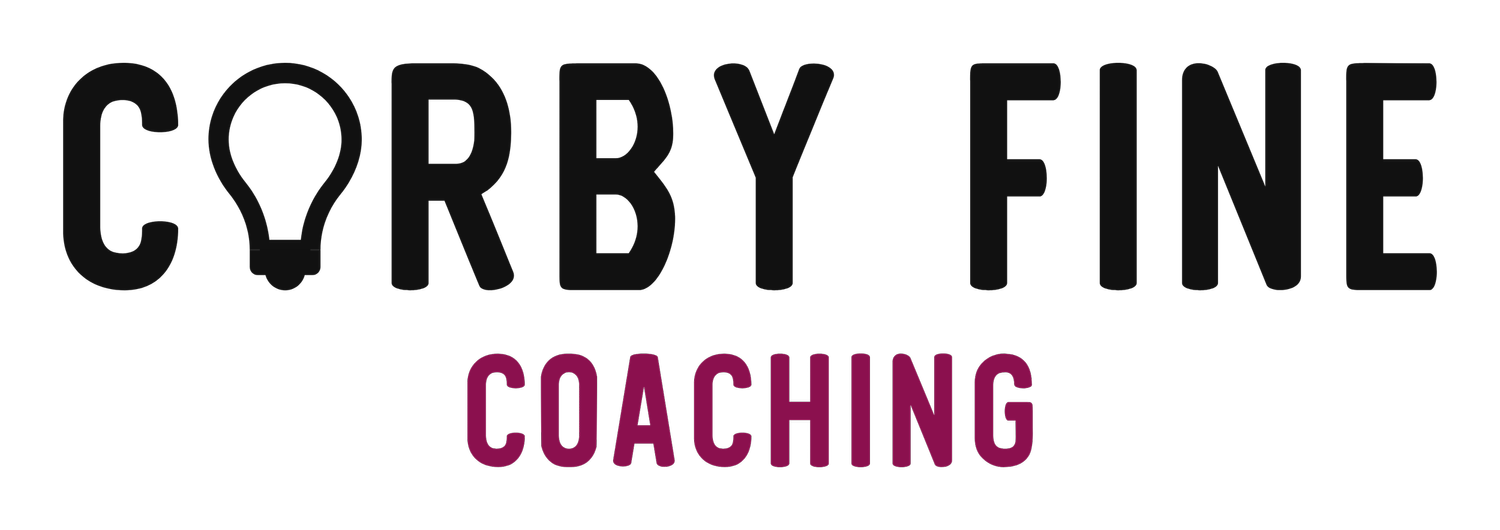Embracing JOMO: the joy of missing out as a senior leader
As you climb the career ladder and take on more senior roles, the dynamics of your responsibilities shift dramatically. One of the most challenging transitions is moving from the Fear of Missing Out (FOMO) to the Joy of Missing Out (JOMO). This shift is crucial for effective leadership and personal growth, yet it can be daunting.
The FOMO Trap
In the early stages of your career, being in the know and involved in every meeting feels essential. You want to prove your worth, stay informed, and ensure you're contributing to every decision. This mindset, while beneficial initially, can become a hindrance as you move into senior leadership roles. The constant need to be everywhere and know everything can lead to burnout and inefficiency.
Transitioning to JOMO
The Joy of Missing Out is about trusting your team and focusing on what truly matters. It's about recognizing that you don't need to be involved in every detail to be an effective leader. Here are some steps to help you make this transition:
Build a Trusted Team: Invest time in hiring and developing a capable team. Trust their expertise and judgment. When you have confidence in your team's abilities, it's easier to step back and let them handle the details.
Delegate Effectively: Delegation is not just about offloading tasks; it's about empowering your team. Clearly define roles and responsibilities, and give your team the autonomy to make decisions. This not only frees up your time but also fosters a sense of ownership and accountability within the team.
Focus on Strategic Priorities: As a senior leader, your role is to steer the ship, not row it. Focus on strategic initiatives that drive the organization forward. This might mean missing out on some meetings or not being involved in every decision, but it allows you to concentrate on the bigger picture.
Set Boundaries: It's important to set boundaries to protect your time and energy. This might mean scheduling "no meeting" times, prioritizing tasks, and learning to say no. By setting these boundaries, you create space for strategic thinking and personal well-being.
Embrace the Learning Curve: Transitioning from FOMO to JOMO is a learning process. There will be moments of discomfort and uncertainty. Embrace these moments as opportunities for growth. Reflect on what works and what doesn't, and adjust your approach accordingly.
The Benefits of JOMO
Successfully navigating this transition opens up a world of opportunities. By focusing on strategic priorities and trusting your team, you can drive more significant impact within your organization. You'll have more time for personal development, innovation, and building relationships. Moreover, you'll create a more empowered and motivated team, leading to better overall performance.
Embracing JOMO is about shifting your mindset from needing to be involved in everything to trusting your team and focusing on what truly matters. It's a challenging transition, but one that is essential for effective leadership and personal growth. By navigating this shift successfully, you open up new career opportunities and create a more fulfilling and impactful professional life.
